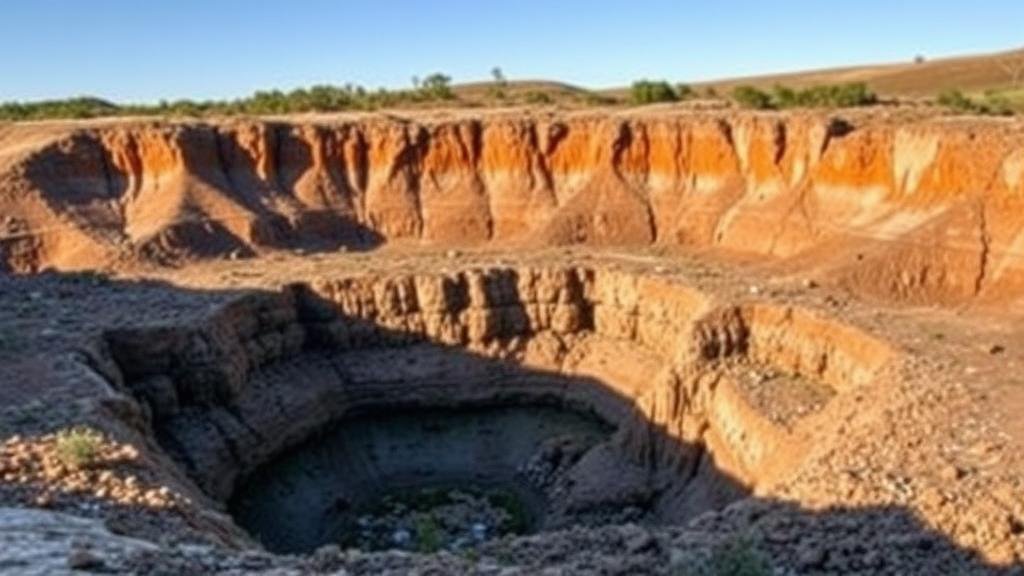How to Evaluate Old Copper Mines for Untapped Ore Potential
How to Evaluate Old Copper Mines for Untapped Ore Potential
The evaluation of old copper mines for untapped ore potential is a multifaceted process that requires a blend of historical knowledge, geological understanding, and modern exploration techniques. As the global demand for copper continues to rise–fuelled by sectors such as electronics, renewable energy, and electric vehicles–the need to reassess previously abandoned or underexplored mining sites becomes increasingly critical. This article outlines a comprehensive approach to evaluating the potential of these historic sites.
Understanding Historical Context
Before assessing an old copper mine, it is vital to gather historical data regarding its operation. This includes:
- Production records that detail the quantity and quality of ore extracted.
- Geological surveys conducted during the mines operational period.
- Documentation of mining techniques employed, as they can significantly affect ore recovery rates.
For example, the Butte Copper Mine in Montana, USA, provides a case study in this regard. Historical production records revealed that the mine yielded over 1.5 billion pounds of copper before its closure in the mid-20th century. Subsequent geological assessments indicated promising reserves that may have been overlooked due to outdated extraction technologies.
Conducting Geological Analysis
Once the historical context is established, the next step is to perform a thorough geological analysis. This involves several key elements:
- Sampling: Collect rock and soil samples from the site to analyze for mineral content.
- Geophysical Surveys: Use techniques such as magnetic and electromagnetic surveys to detect subsurface anomalies.
- Remote Sensing: Employ satellite imagery and aerial photography to understand the land cover and potential geological structures.
For example, advancements in geophysical survey methods have allowed mining companies to identify previously buried ore bodies that were undetectable using earlier techniques. The use of 3D seismic imaging has enabled the identification of new copper deposits in places like the Cobre Panama project, highlighting untapped potentials in older mining regions.
Evaluating Economic Viability
The economic viability of reopening or extending operations at an old copper mine depends on several factors, including:
- Market Price of Copper: Monitoring trends in copper prices helps in forecasting profitability.
- Extraction Costs: Understanding the cost structure associated with revival operations is crucial.
- Regulatory Environment: Navigating local and national mining regulations can impact project feasibility.
As of 2023, copper prices hovered around $4.00 per pound, which affects the cost-benefit analysis of reopening historic mines. The environmental remediation costs must also be factored in, as systems need to be put in place to manage and mitigate environmental risks.
Environmental and Social Considerations
The reopening of old copper mines often faces scrutiny regarding environmental and social impacts. It is essential to conduct:
- Environmental Impact Assessments (EIAs): Evaluate potential environmental degradation risks.
- Community Engagement: Involve local communities in the decision-making process to address concerns and promote transparency.
A good example of balancing these concerns can be seen in the revitalization efforts at the historic Cerro Verde mine in Peru, which engaged local communities while implementing sustainable practices to mitigate environmental damage.
Leveraging Technological Innovations
Modern technology has changed the landscape of mining exploration and extraction. Techniques such as:
- Automated drilling and blasting methods
- Advanced ore sorting technologies
- Data analytics and machine learning for predictive modeling
can enhance the efficiency and effectiveness of resource recovery. The introduction of these technologies can lead to a re-evaluation of old sites that may now have economically recoverable reserves. For example, Rio Tinto’s use of autonomous drilling rigs has improved productivity in their mining operations significantly, showcasing the benefits of technological integration.
Conclusion and Actionable Takeaways
Evaluating old copper mines for untapped ore potential is a complex, yet rewarding venture that requires a multifaceted approach. By understanding historical contexts, conducting thorough geological analyses, evaluating economic viability, considering environmental and social impacts, and leveraging modern technological innovations, mining companies can uncover previously overlooked opportunities. The resurgence in interest in copper mining driven by technological advancements and sustainability concerns underscores the importance of these evaluations.
As a takeaway, stakeholders should:
- Invest in historical research and data collation to inform decision-making.
- Use modern geophysical technologies and innovative extraction methods.
- Engage with local communities to build trust and address potential environmental impacts.



